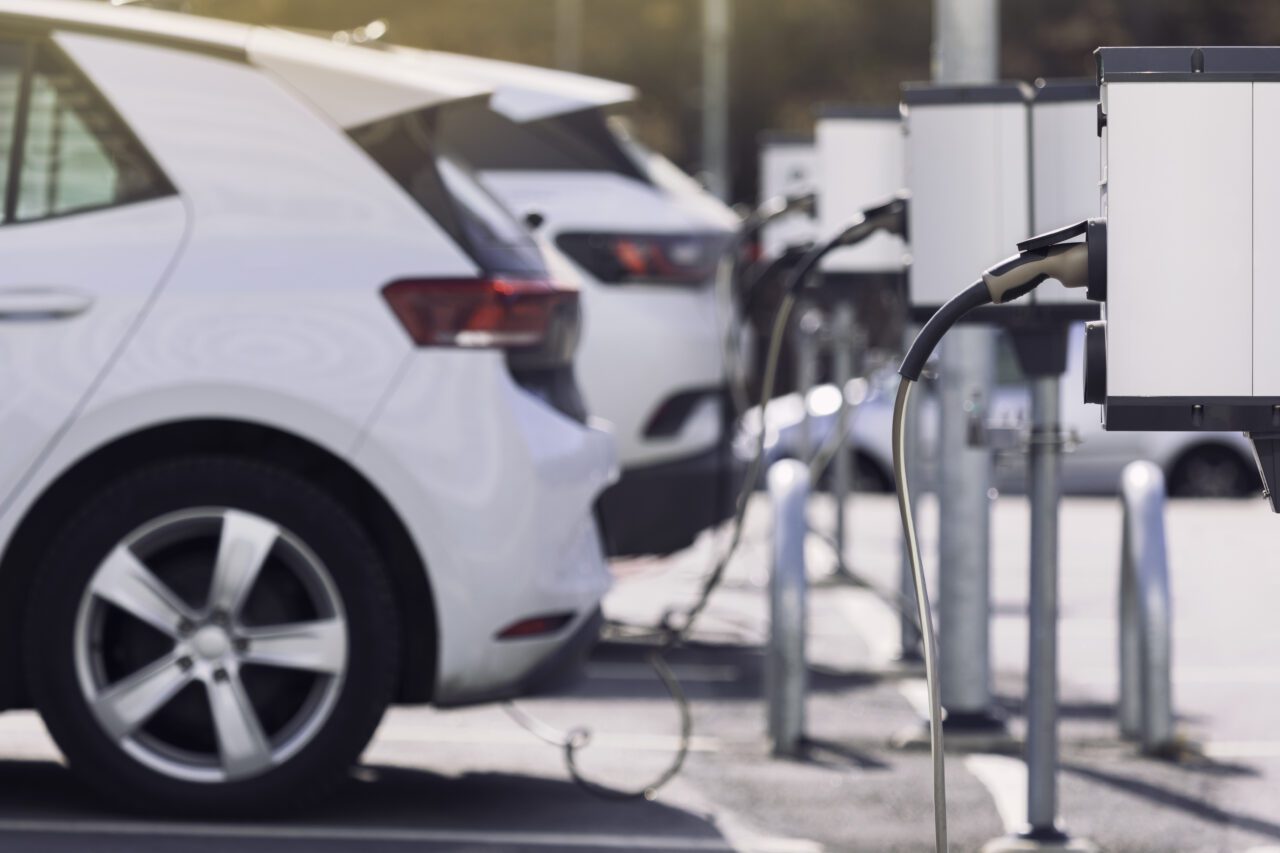The future of BioCO2
The aim of this project is to set out future scenarios regarding the use of coal originating from forest biomass in Finland and to assess these scenarios’ effects in terms of climate impacts (mainly CO2), energy demand and the national economy.







